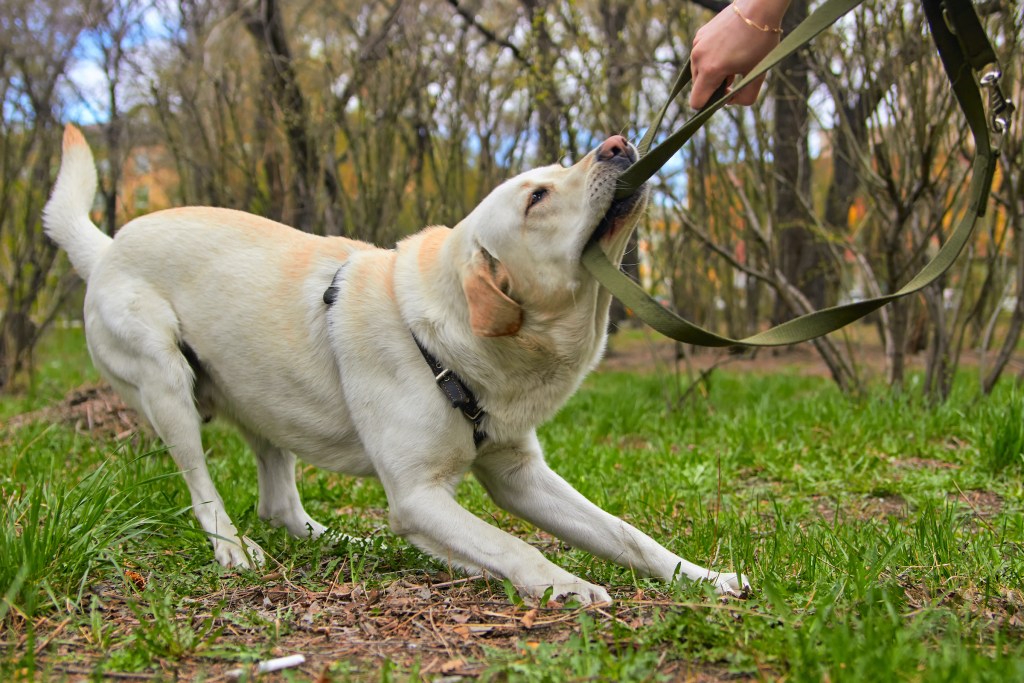
Disobedience in dogs
Dogs are often referred to as man's best friend, offering unwavering loyalty, companionship, and love. However, even the most well-behaved dogs can exhibit moments of disobedience, leaving their owners puzzled and frustrated. Disobedience in dogs can stem from various factors, including their breed, training, environment, or even underlying health issues. Understanding the causes and implementing appropriate training techniques can help address and minimize disobedient behavior, fostering a harmonious relationship between humans and their furry companions.
1. Understanding Disobedience:
Disobedience in dogs refers to behavior that deviates from the desired or expected actions. It can manifest in various ways, such as ignoring commands, pulling on the leash, jumping on people, excessive barking, or destructive tendencies. While some disobedience may appear deliberate, it's important to remember that dogs often respond to instinctual drives or environmental stimuli.
2. Common Causes of Disobedience:
Lack of Training: Proper training is vital for shaping a dog's behavior. Inadequate or inconsistent training can lead to confusion and disobedience. Dogs need clear and consistent commands, positive reinforcement, and reward-based training methods to understand what is expected of them.
Insufficient Socialization: Socialization plays a crucial role in a dog's upbringing. If a dog has not been exposed to various environments, people, animals, or situations during their critical socialization period (between 3 and 14 weeks of age), they may display fear, aggression, or disobedience when confronted with unfamiliar stimuli later in life.
Boredom and Lack of Stimulation: Dogs are intelligent creatures that require mental and physical stimulation to thrive. When deprived of proper exercise, playtime, and mental engagement, they may resort to undesirable behaviors as a means of releasing pent-up energy or seeking attention.
Fear and Anxiety: Dogs can exhibit disobedience as a response to fear or anxiety. Loud noises, separation anxiety, traumatic experiences, or a lack of confidence can trigger disobedient behavior. Identifying and addressing the underlying causes of fear and anxiety through desensitization techniques, counter-conditioning, or professional assistance can help alleviate disobedience.
3. Addressing Disobedience:
Consistency and Positive Reinforcement: Consistency is key in training dogs. Establish clear rules and expectations, use positive reinforcement techniques such as treats, praise, and rewards to reinforce desired behavior, and avoid punishment-based methods that may lead to fear or aggression.
Proper Exercise and Mental Stimulation: Dogs need regular exercise to expend energy and prevent boredom. Engage in activities that match their breed, age, and energy level. Interactive toys, puzzles, and obedience training sessions can provide mental stimulation and keep their minds engaged.
Socialization: Early and ongoing socialization is vital for a well-rounded dog. Gradually introduce your dog to various people, animals, and environments, ensuring positive experiences to build confidence and reduce fear-based disobedience.
Seek Professional Help: If disobedience persists despite your efforts, it may be beneficial to consult a professional dog trainer or behaviorist. They can assess your dog's behavior, identify underlying issues, and develop a tailored training plan to address specific challenges.
Disobedience in dogs can be a challenging aspect of pet ownership, but with patience, understanding, and appropriate training techniques, it can be effectively managed. By addressing the causes of disobedience, providing consistent training, mental and physical stimulation, and seeking professional guidance when necessary, dog owners can build a stronger bond with their furry companions and foster a harmonious household dynamic. Remember, dogs thrive on love, guidance, and positive reinforcement, paving the way for a

No comments:
Post a Comment